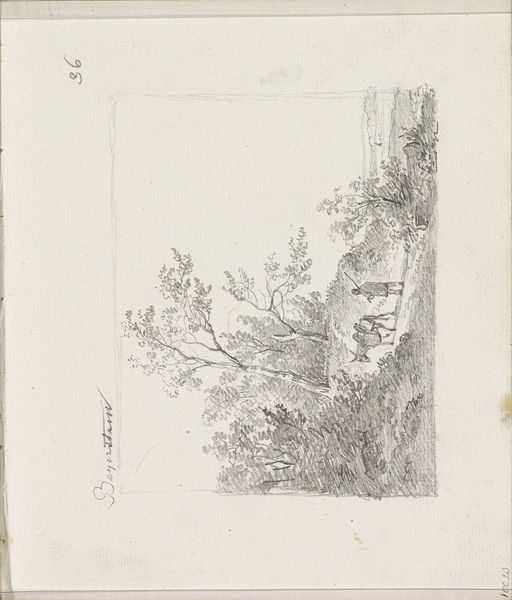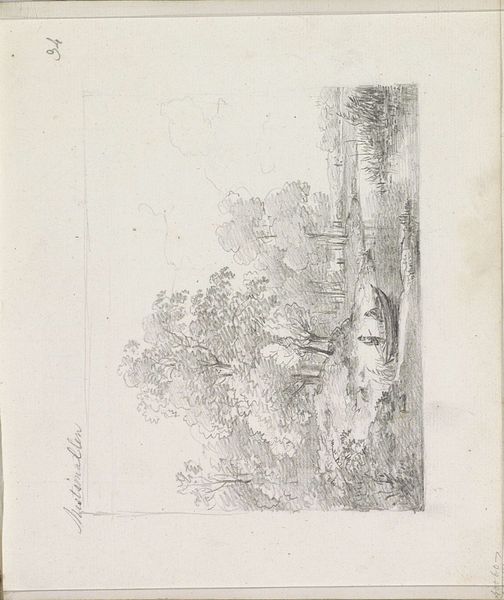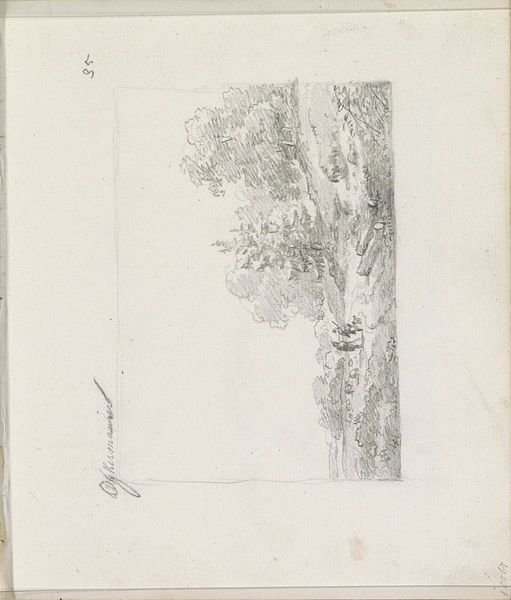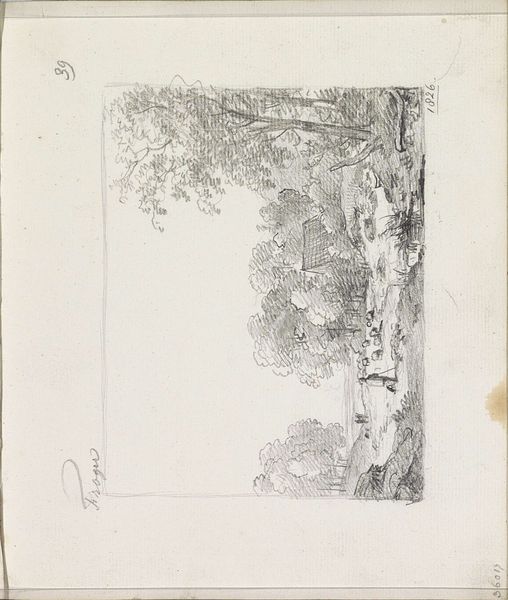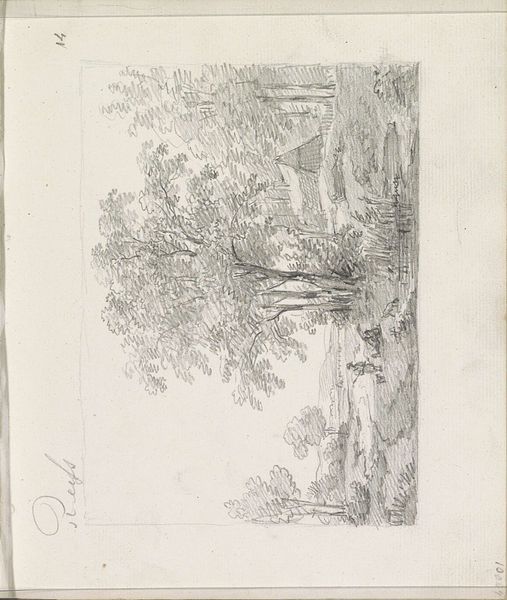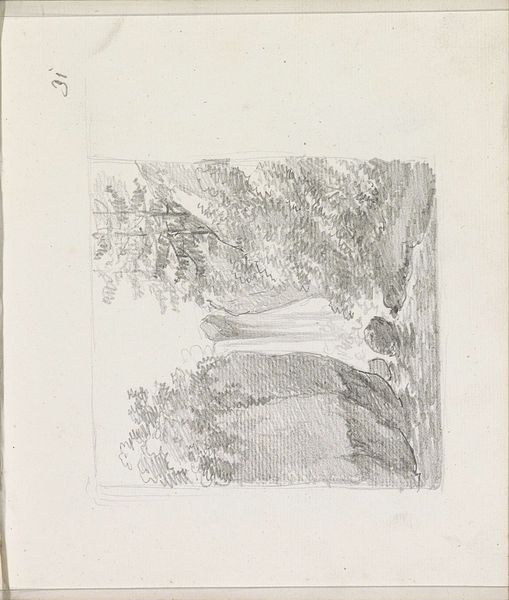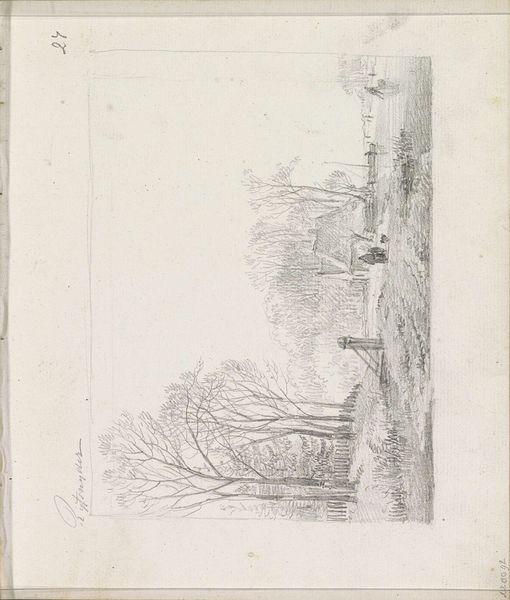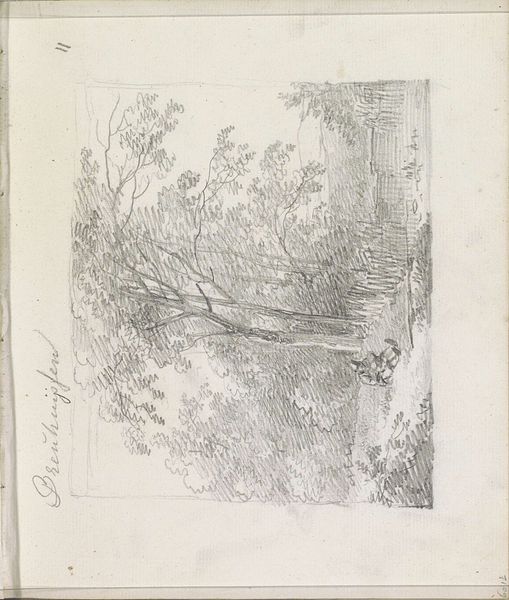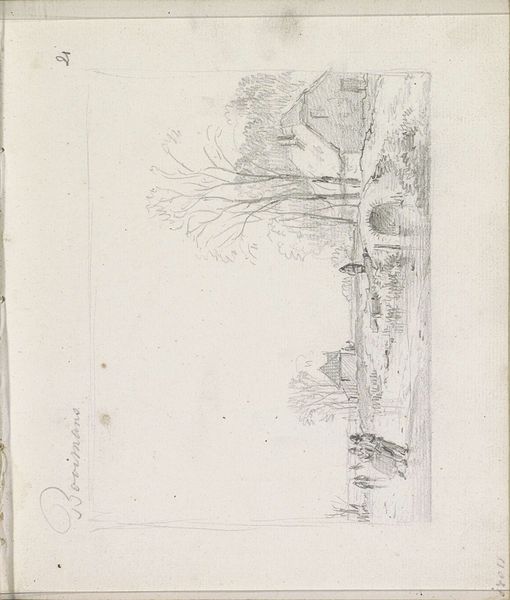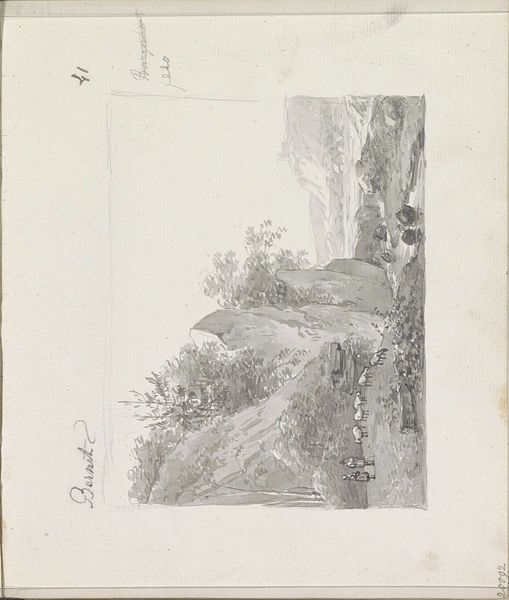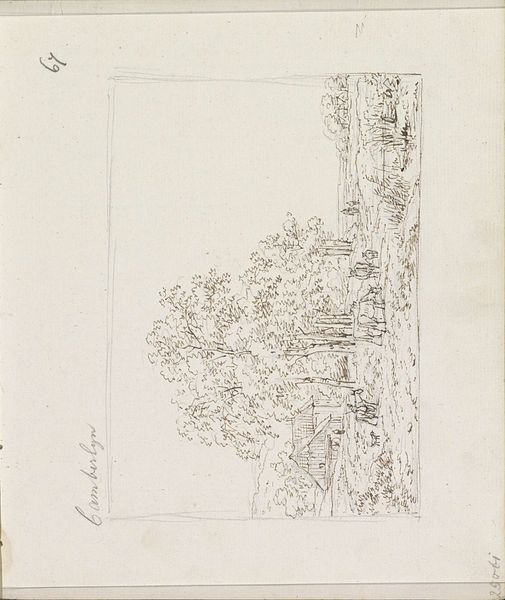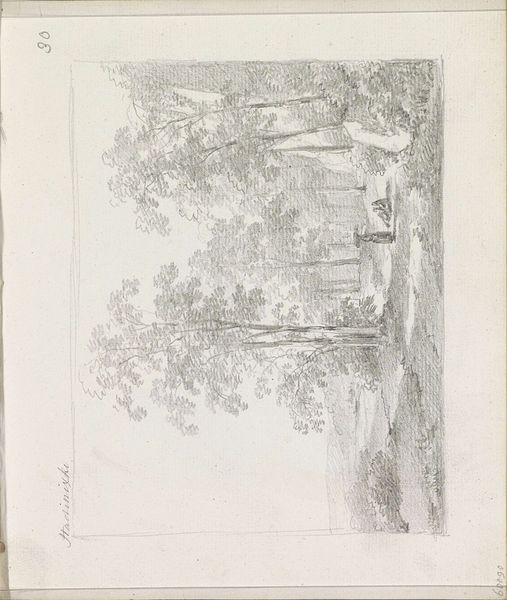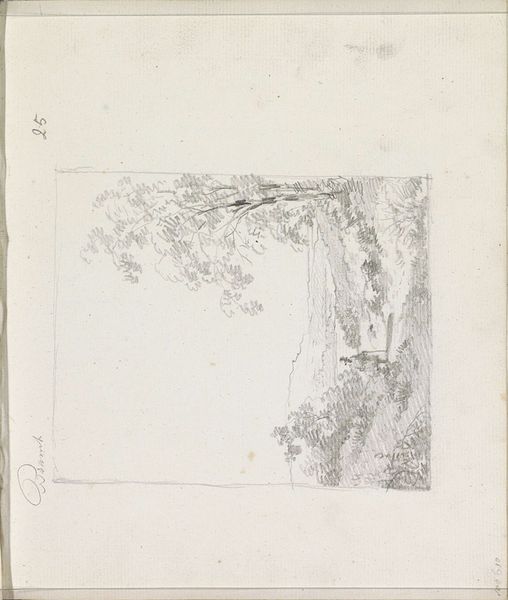
drawing, pencil
#
drawing
#
pen sketch
#
pencil sketch
#
landscape
#
road
#
pencil
#
line
#
realism
Copyright: Rijks Museum: Open Domain
Andreas Schelfhout sketched this landscape in 1825 using graphite on paper. Here, a dead tree looms over a path where travelers journey through an open landscape. The stark symbol of the dead tree, stripped bare, speaks of mortality and the transient nature of life. In earlier times, the barren tree was often depicted in vanitas paintings, reminding viewers of life's fleeting beauty. Yet, this motif is not confined to art; it echoes through literature and folklore, a constant reminder of life's end. Like the Uroboros, the serpent eating its own tail, it embodies the cyclical nature of existence, where death is but a prelude to rebirth. Perhaps, Schelfhout subconsciously channeled this collective memory. This image engages us on a primal level, evoking both melancholy and a profound understanding of our shared fate.
Comments
No comments
Be the first to comment and join the conversation on the ultimate creative platform.

